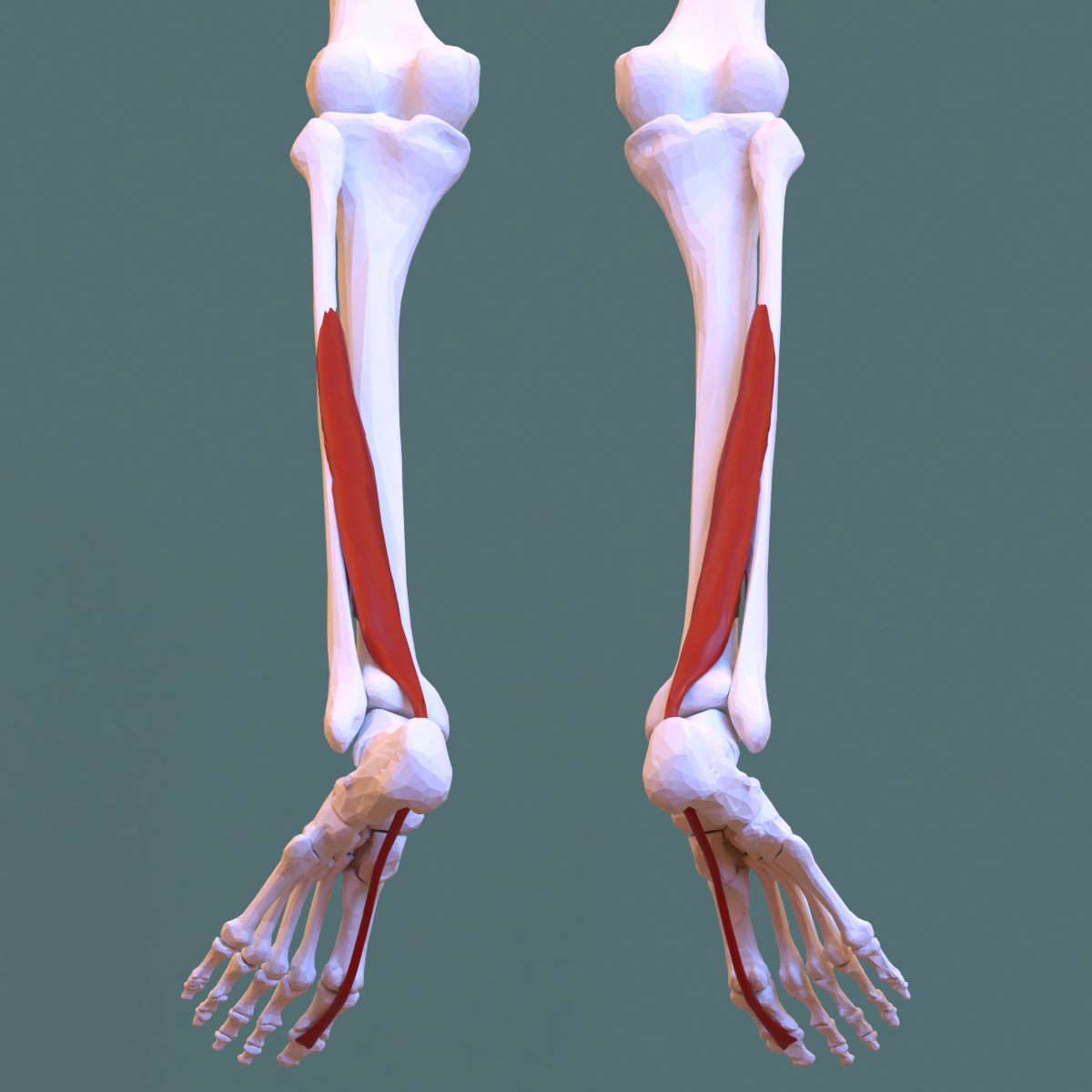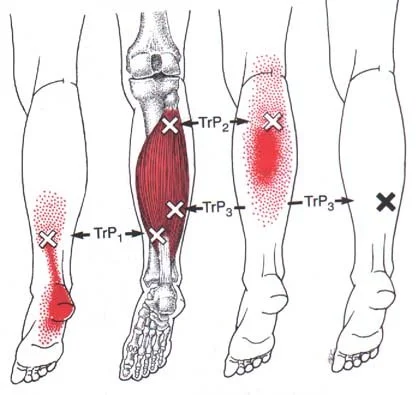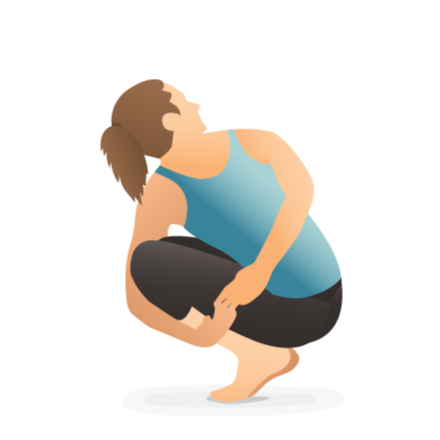How to improve Ankle Mobility
In Yoga I would say this is an area that comes up very soon in our practices that highlight an area of stiffness or limited mobility. Most beginner classes will have downdog and some kind of variation of a squat / Malasana. Attempting these postures will easily show how limited we are in our ankle mobility.
Malasana
If you were to visit India or other parts of the East, but especially in South East Asia ( an area of the world I have spent a lot of time travelling and living over the years ) it is more common to see people who have above average hip and ankle mobility due to cultural lifestyle choices such as squatting as a resting posture and using a squat toilet from a young age.
In the west with the use of modern style chairs and toilets it isn’t a movement we often do and with modern shoes that will usually have some kind of raised heel, we limit our hip and ankle mobility over the years.
So what limits our ankle mobility?
In my experience these are the main limiting factors for ankle mobility:
Structural limitations of the ankle / Talus bone / joint in Dorsiflexion
Tight calf muscles and Achilies
Tight / Restricted Flexor hallucis longus (FHL) tendon
Bone limitations to ankle mobility are often caused by bony structures, such as bone spurs or an abnormally positioned Talus Bone that create a "bony block". This can result from arthritis, past injuries like chronic ankle sprains, or congenital issues, and it often limits dorsiflexion.
The talus, or ankle bone, is a cube-shaped bone located in the ankle that connects the leg to the foot. It transmits body weight and allows for up-and-down foot movement while also forming the subtalar joint, which enables side-to-side foot movement for walking on uneven surfaces.
Talus bone
When the talus shifts anteriorly and the foot dorsiflexs our ankle, the tibia will hit up into the talus causing limited ankle dorsiflexion.
There are various reason to cause this but from my experience ( other than genetics ) these limitations occur from previous injures to the area and incorrect rehab after. I’m talking from experience here from countless sprains to my own ankle from Football / Rugby / Running / BJJ and in my younger days not maintaing the mobility after the injury.
The Calf muscles ( the gastrocnemius, the soleus, and the plantaris ) can limit ankle mobility. From a fascial line perspective, the Calves play an important role from the connective tissue with how the Achilles tendon attatches to the back of the ankle. I would say that the calves are ‘easier’ to access in terms of stretching in your Yoga practice. Downdog being a perfect example.
What I see as more of a factor is the Achilies tendon itself and the Flexor hallucis longus. I say this because for some practitioners it doesn’t matter how much you stretch your calves, it doesn’t seem to make much difference with improvements to the ankles mobility, especially in Dorsiflexion.
Dorsiflexion
The Calves
Flexor hallucis longus (FHL)
How can we improve mobility?
Other than stretching your calves in postures such as Downdog and variations on wall stretches, i’m going to focus on the ankle and foot as I have seen much more improvent by focusing on these areas.
One tip for downdog is to practice lifting your toes in the posture and pressing down as firmly as you can on the inside of your feet concentrating on the ball of your foot which accesses the FHL shown above.
Once we start to mobilise the ankle joint by practicing postures such as Virasana and it’s variations we can begin to open and lengthen the foot.
How we walk
Unless you have specific ‘gait’ instructions from a running coach, I generally recommend using a nuetral shoe with a wide toe box. The foot is designed to be active when we walk and this is helped by wearing shoes that allow our toes to spread and without so much support so the muscles in our feet have to work, increasing mobility. Fashion shoes can look nice, but in general are terrible for your feet and walking ability.
Wider shoes help your feet move more freely
My shoe size has gone up over the years from doing many bare foot movement practices and wearing wide toe box shoes.
Also to note is that through my years of travel I would often note the shape of indigenous people’s feet compared to the west. Wide, with the toes well spread out.
Happy wide feet
Also, is how we walk. You can check by taking a look at the tread on the base of your shoe to see which side wears out the most. More often than not I see the outer edges wear faster, sugggesting tightness in the psoas / hip flexors which inhibits the natural roll and swing of our hips.
Instead of having a fluid swing and roll of our hips when we walk, the steps are shortened and more narrow, not allowing the natual rotation as we walk which stops the natural spread of our feet and push off of the inside of the ball of the foot.
Picture a beautiful African Lady walking, carrying a pot on her head. As she walks, she allows the natural swing and rotation of her hips as each side lifts and rotates allowing the step to move forward from the Psoas.
Walking with a swing
Releasing tension in the foot
Once we have started to lengthen the calf muscles, we can look at the foot itself and the connection with the Achilies and FHL.
The biggest improvement I have seen in this area ( other than the change in footwear and walking pattern ) is to directly massage the Achilies / FHL at the rear of the ankle and trigger point therapy to the sole of the foot / FHL here.
You can apply pressure to the rear of the ankle to find those trigger points to release the tension or potentially a foam roller
Trigger pointts
Now to release the tension under the foot we need a fairly firm ball such as a lacrose ball and to stand on this along the underside of the foot. Especially where the FHL runs along to meet the big toe as shown previosly.
Applying pressure here along the foot, pushing the heel down and pushing the knee forward will help release this tension.
In my experience just stretching the calves won’t do so much and in many cases we can only affect this so much. Some parts of the body will only change so much and dorsiflexion is one that we may have to live what we have to some degree.
This shows up for many Ashtanga practitioners in Asana’s such as Pashasana for example.
Pashasana
For some of us the heels might not ever come down as we must work with what we have but we can do a lot with the steps shown here.
For a full breakdown of these in a complete ankle mobility tutorial check out the link below:










